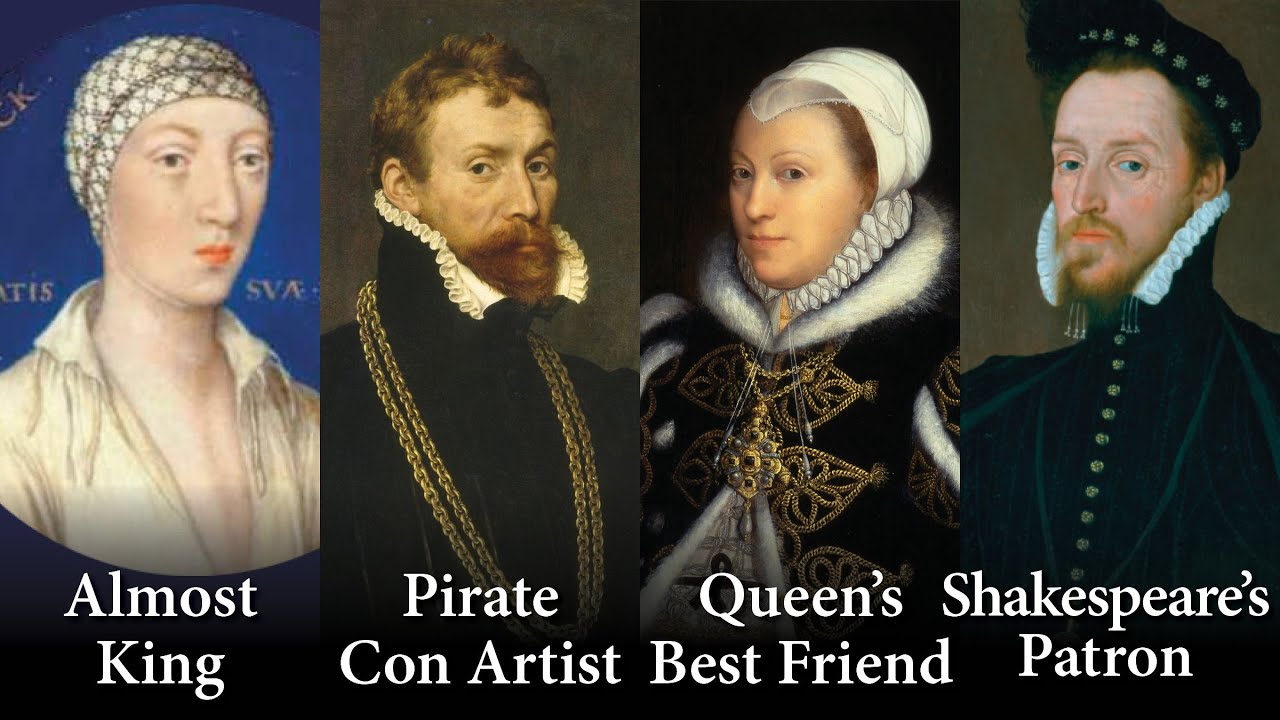The death of Henry VIII in 1547 marked the beginning of a period of extraordinary religious shifts. Henry was succeeded by his only son, the ten-year-old Edward VI (r. 1547-1553), borne by his third wife, Jane Seymour. Led by the young king’s uncle, the duke of Somerset, as lord protector, Edward’s government pushed on into Protestant ways.
The Six Articles, by which Henry had sought to preserve the essentials of Roman Catholic theology, worship, and even church organization, were repealed in 1547. In the brief reign of Edward VI an effort was made to prescribe uniformity of religious worship through a prayer book and articles of faith imposed by Parliament.
In 1553 the young king, always a frail boy, died. Protestant intriguers vainly attempted to secure the crown for a Protestant, Lady Jane Grey, a quiet, scholarly great- granddaughter of Henry VII. But Edward VI was followed by his older sister Mary (r. 1553-1558), daughter of Catherine of Aragon, whom Henry VIII had divorced.
Mary had been brought up a Catholic and began at once to restore the old ways. Rebellion flared into the open when Mary announced her marriage to Philip II of Spain. Mary prevailed against the rebels, and Lady Jane Grey was executed for a plot in which she had never really participated.
Catholic forms of worship came back to the parishes, though, significantly, the church land settlement of Henry VIII remained undisturbed. In 1554 three statues of heresy were reenacted, and vigorous persecution of Protestants followed; nearly three hundred people were burned. The queen was given the lasting name of “Bloody Mary,” and the foundations of the English Protestant hatred and suspicions of Catholicism, traces of which still survive today, were laid.

